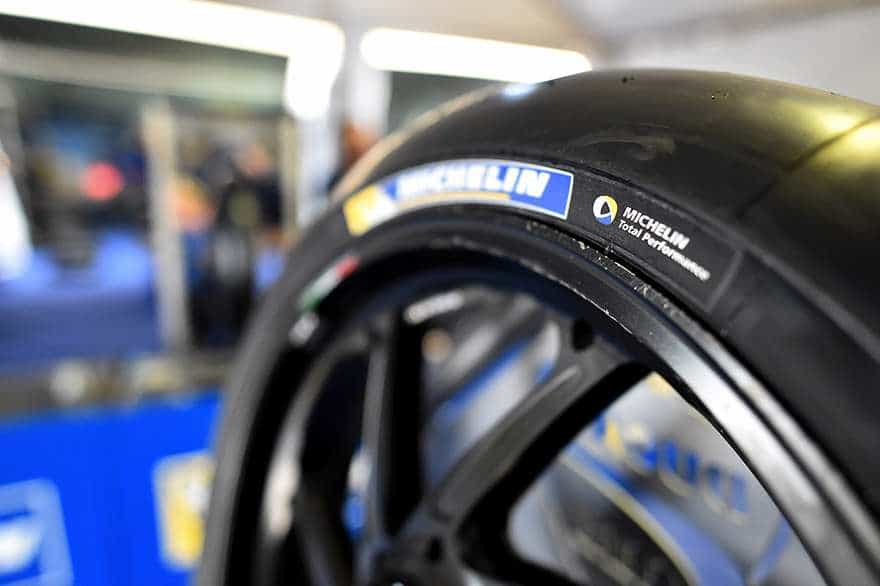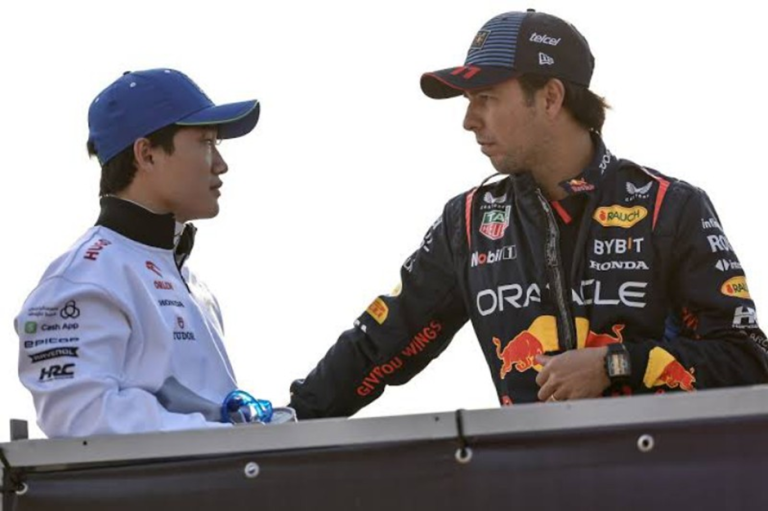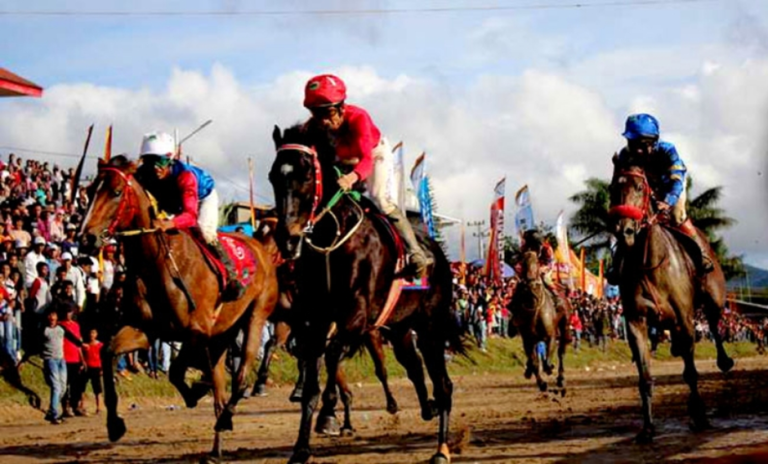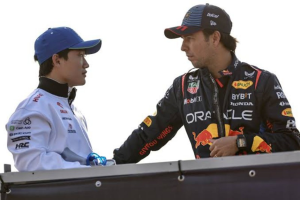Choosing the right tires is often a determining factor in the victory of MotoGP riders. There are several interesting facts about MotoGP racing tires. Before the race starts, all riders will meet their team to choose between three compounds provided by Michelin. One compound for racing on dry tracks and the other two for wet tracks.
In total, each box consists of 33 tires, namely 22 tires for dry tracks and 11 tires for wet tracks. All of these tires are used for racing. There are 4 interesting facts about Michelin tires for MotoGP:
Pressure
Tire pressure must be maintained according to the Michelin recommendation, both to maintain the safety of the rider and to provide maximum performance. Each tire will be given a sensor on each side, namely the right side, the middle side, and the left side.
The goal is to keep the pressure under control within the permitted limits. Generally, the limit given is 2 bar (29 psi) for the front tire and 1.8 bar (26.1 psi) for the rear tire. Lower pressure results in better contact with the asphalt. However, the impact will affect the stability of the motorbike and make the tire temperature increase. While the pressure is too high, it can reduce tire grip.
Temperature
In order for racing tires to have optimal performance, they must reach a certain temperature in order to grip the asphalt properly. Michelin recommends that tires should be stored in the heating box for one hour, to reach a temperature of 90 degrees Celsius before the motor is used on the track.
In addition, it is advisable to warm up the tires every now and then for two hours. The ideal tire temperature for racing is 100 degrees Celsius for the front tires and 120 degrees Celsius for the rear tires.
Strength
Racing tires are made of rubber at extremely high temperatures. The tires rotate on a motorbike weighing 150 kilograms. Therefore, the tires must have extraordinary resistance.
When accelerating on a straight track, the rear tires receive a force of more than 2,200 Newton. When the racer brakes hard, the front tire can receive a force of more than 2,500 Newton. When around the corner, the force received is more than 2,000 Newtons. That force is the same as pulling on a tire weighing more than 200 kilograms.
Surface Contact
The most amazing thing about racing tires is their contact with the asphalt. The area of contact with the asphalt surface is only 2 euros coins. The front tire works a lot as a sensor for the rider. The racer will get feedback from the tires whether the tires grip the asphalt enough or not.
All this information is obtained from the tire contacts which are only the size of the coin. For this reason, it is not a coincidence that tires are considered the most important element in racing.
















